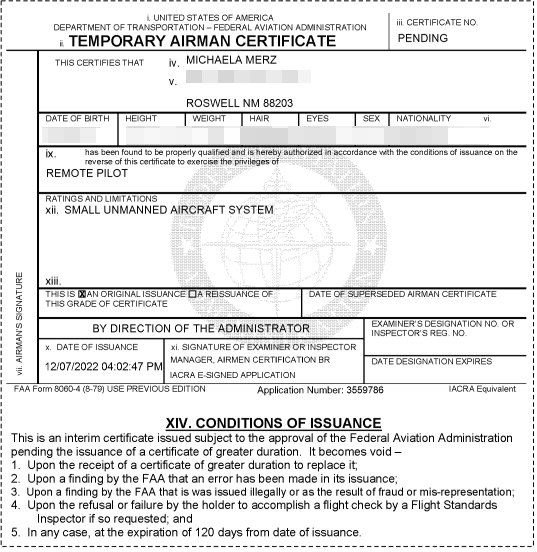As I mentioned before, I started to volunteer for Search & Rescue (SAR) in New Mexico about a year ago. I switched to a different organization , because I was looking for more training, more professionalism to be better prepared for the jobs we have to do. Among other things, I started to fly drones – for SAR and other in other situations. Here’s what I’ve learned:
About Drones: All manufacturers are pretty much following the cell phone process. And than some. You buy a drone – maybe spend $5,000 for a capable unit, only to have it going out of service after a few years. No more operating systems updates, no more spare parts. In addition, the controller for drone type “a” doesn’t communicate with drone type “b” because this type uses communications protocol “c”. But only the “a” type controller has a HDMI connection (to attach a second monitor) and if you want HDMI for drone type “b” – you need a new controller: That’ll be $1,000 please. And yes – I am talking about the same manufacturer.
Throw in new regulations from the FAA (like remote-ID) and the drone companies can now push even more older drones to the recycle bin (or the land fill) and sell new stuff – because, you know .. not their fault. Sure .. they knew the new laws were coming. But they sold drones without remote-ID capabilities anyway. Hey – you didn’t ask.
Now everybody and their cat are trying to push their (non remote-id capable) equipment (or end of life drones) onto unsuspecting EBay users before the word spreads around too much.
The Law: The law knows two types of drone flying. Recreational and commercial. If you get compensation in any form (and you knew that when you launched the drone) you are flying commercially. You need a license for that. If you have never heard about air spaces or sectional charts, you really have to study to pass it. And the test is serious. No cheating.. They call it the “Part 107” remote pilot license. But even recreational flyers have to pass an aeronautical knowledge and safety test. It’s called the “Recreational UAS Safety Test” (TRUST). It’s free and not really a test, but you have to have the certificate. In addition, if your drone weighs more than .55 lbs you have to register it with the FAA.
Flying The Drone: The basic regulations you will have to follow are simple: Not higher than 400ft above ground and always in line of sight (without binoculars!). You can’t fly over people or moving vehicles. There are exceptions to some of these regulations and you should know them. You have the lowest priority on the air space food chain and must give right-of-way to everything else: planes, helicopters, balloons and the occasional angel. The most difficult one is the “Line-of-sight” regulation. Because it’s difficult to keep an eye on a small drone that’s just a few hundred feet away.

Is it possible to fly a drone out to a distance of a mile or more while keeping line-of-sight? It’s difficult and if your eyes lose the tiny dot in the distance, you are pretty much breaking the law. That’s why some of us use second monitors so that one person can concentrate on the footage from the camera while the rPIC (remote pilot in command) is concentrating on flying the drone. Or have a visual observer who keeps the eye on the drone at all times which allows the rPIC to fly and monitor the controller.
If you’re into drones, you will (at some point) understand all the laws, regulations, the hypes pushed by “influencers” as well as all the commercial smoke grenades. You get used to the control sticks on your remote and a low-battery warning will no longer send you into panic mode. This is when drone flying becomes truly awesome. Especially if you fly in open areas without having to worry too much about obstructions like power lines or large structures.
Flying a drone in Search & Rescue is very helpful too. I can cover an area in 10 minutes that would have taken a ground crew two hours or more. The new outfit (the one I was talking about in the intro) is trying to get the funding for a thermal camera equipped drone which allows us to search for subjects even at night and in marginal weather. But man – this stuff really IS expensive. If you want to help out, click here.
Let me close the blog post with a few final remarks: Do not break the law. The police is authorized to ask folks for their license. You don’t have one – you are in trouble. Same with flying over people. Do not do it. Go – take your TRUST exam or advance to Part 107 commercial. Many folks have done it before and survived. It is important that you know what you can or can’t do. Ignorance is not a valid defense. You have been warned.
Michaela Merz is an entrepreneur and first generation hacker. Her career started even before the Internet was available. She invented and developed a number of technologies now considered to be standard in modern web-environments. She is a certified New Mexico Search & Rescue volunteers, a Wilderness First Responder and an FAA Part 107 certified UAS pilot.
